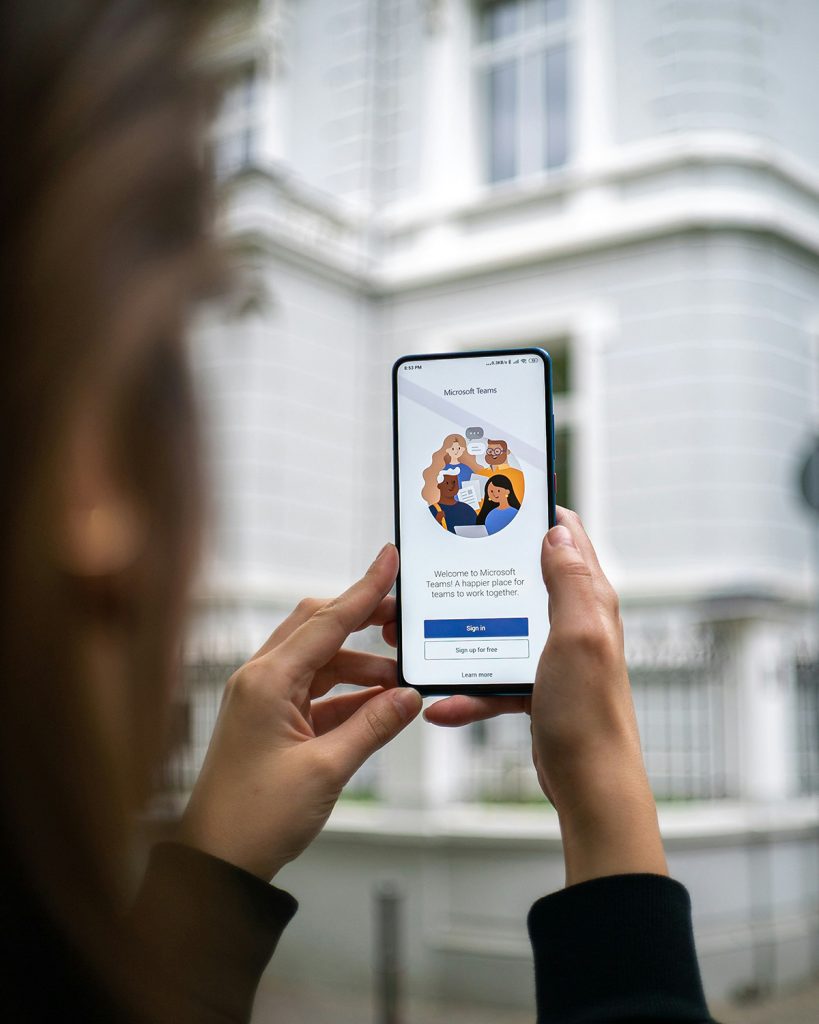Learning how to communicate group benefits effectively is essential to ensuring that employees fully understand and utilize the benefits available. From our experience, companies should adopt strategic approaches that prioritize clarity, engagement, and accessibility when explaining employee benefits.
Below are some strategies to try out at your office.
1. Simplify complex information.
Group benefits can be complex, with a lot of jargon and fine print. By breaking down this information into simple, easy-to-understand language, your employees will feel better equipped.
Use clear, concise language and avoid industry-specific terms that might confuse employees. Visual aids such as infographics, charts, and videos can also help make complex information more digestible.
Consider creating a glossary of terms employees can refer to if they encounter unfamiliar language.
2. Use multiple communication channels.
Different employees have different preferences when it comes to receiving information. To ensure that your message reaches everyone, use a variety of communication channels. This could include email, Slack channels, printed materials, webinars and face-to-face meetings.
Each channel should reinforce the same message, ensuring consistency across the board.
For example, an email might highlight key benefits, while a webinar could provide a deeper dive into how to maximize those benefits.
3. Personalize the communication.
Generic messages often fail to resonate with employees. When possible, tailor your communication to address the specific needs and concerns of different employee groups. For instance, younger employees might be more interested in learning about student loan repayment programs, while older employees might prioritize retirement planning.
Personalized messages help employees see the direct relevance of their benefits, increasing their engagement and likelihood of utilizing them.
4. Engage employees with interactive sessions.
Interactive sessions, such as Q&A forums, workshops and one-on-one consultations, provide employees with the opportunity to ask questions and clarify any doubts.

These sessions can be conducted in person or virtually, depending on your company’s setup. Interactive formats make communication more engaging and allow for real-time feedback.
5. Highlight the value of the benefits.
Employees are more likely to pay attention to benefits communication if they understand the value these benefits bring to their lives. Clearly articulate how the benefits contribute to their well-being, financial security and overall job satisfaction.
You can use real-life examples with testimonials from employees who have benefited from the programs to make the communication more relatable.
7. Utilize technology for enhanced accessibility.
Leverage technology to make benefits information easily accessible. Consider creating an online portal where employees can access all benefits-related information, including detailed plan descriptions, FAQs, and contact information for HR representatives.
If you’re looking for HR guidance, you can give Navy & Sage Benefits a call. We’d be more than happy to help you strengthen your HR department.
8. Encourage feedback and act on it.
Feedback is a powerful tool for refining your benefits communication strategy. Encourage employees to share their thoughts on how benefits information is communicated and whether they find it useful. This could be done through surveys, suggestion boxes, or during the interactive sessions we mentioned above.
Act on the feedback to improve future communications, showing employees that their opinions are valued and that the company is committed to growth.
9. Provide clear instructions on enrolling and utilizing benefits.
Even the most comprehensive benefits package is pointless if employees don’t know how to enroll or use the benefits.
Provide clear, step-by-step instructions on the enrollment process and how to access each benefit. Consider creating video tutorials or step-by-step guides that walk employees through the process.
Ensure that there is support available, such as a dedicated helpdesk or HR contact, to assist employees who encounter difficulties.
10. Monitor and measure the effectiveness of communication.
Finally, it’s important to measure the effectiveness of your communication strategy. Use metrics such as enrollment rates, employee satisfaction surveys and utilization rates of benefits programs to gauge the impact of your communication efforts.
Analyzing these metrics will help you identify areas for improvement and adjust your strategy accordingly.
We’re here to help.
We hope this article helped you learn how to better communicate your group benefits plans to employees. If you’re looking to review and refresh your benefits plans, Navy & Sage Benefits is here to help. We specialize in group benefits that work for both employees and employers.
Give us a call today to start making your benefits work for everyone.



